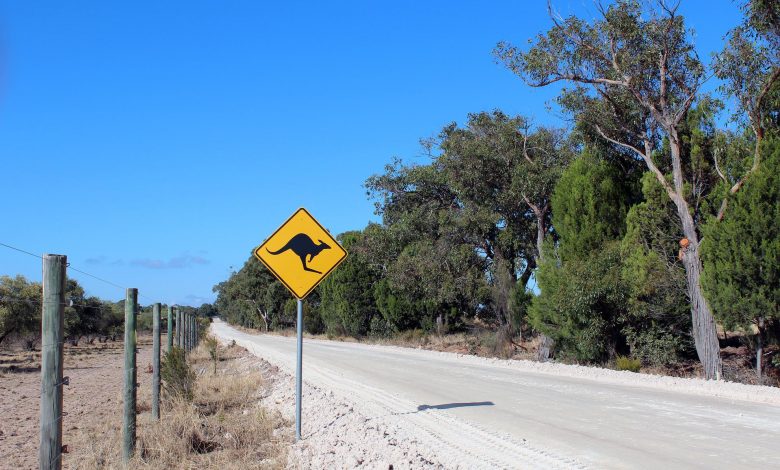
[ad_1]
Heads up: some of the links on this site are affiliate links. If you click and make a booking or purchase, I’ll make a commission (at no extra cost to you). I partner with companies I personally use and the $$ goes towards creating more awesome, free travel content.
Whether you’re a driver, a passenger, or a pedestrian, when traveling overseas it’s best to get a basic knowledge of what road signs you’ll encounter and how to interpret them.
Signage often gives you guidance on how to use the roads, as well as warnings about upcoming hazards. To that end, here are some tips on getting to grips with types of road signs, and some common examples to get you started.
Image Source: Pixabay
Understanding the different categories of road signs
One of the keys to unlocking road warning signs and meanings wherever you are is to recognize how colors and shapes are used to determine particular categories of signage.
Color is arguably the most important indicator of the category, and is implemented somewhat consistently around the globe, at least in certain cases.
Red is the one hue that’s almost always used to indicate the most important category of sign; one which needs immediate attention and an appropriate reaction, particularly from motorists. The classic ‘stop’ sign is the best example of this.
Meanwhile orange signage is often associated with construction work, green can indicate how traffic should navigate the road ahead, brown may highlight local attractions and amenities, and fluorescent signs are associated with pedestrian zones.
No parking signs
One of the most commonly encountered sign types is that which signals to drivers that they cannot park within a given area.
In the US, this is often indicated by the letter ‘P’ overlaid with a red circle bisected by a red line. However, in many parts of Europe, including the UK a no parking sign will use the same red circle and line, except this time overlaid on a blue background.
Animal crossing signs
Another aspect of driving in foreign climes that you’ll need to be aware of is the types of wildlife you might encounter crossing in the path of your vehicle, and potentially creating a hazard as a result.
These warnings are usually ascribed to triangular or diamond-shaped signs, either with a red outline and a white background, or a black outline with a yellow background. The animal itself will be represented as a silhouette, so this should be self-explanatory to interpret.
For example, in Australia, yellow or orange warning signs will let you know where kangaroos might be nearby. In Britain, red and white signs will highlight where cattle, sheep and even hedgehogs are present.
Speed limit signs
They might seem simple to understand, but speed limit signs are actually often misinterpreted by travelers because of the measurements that are used in different nations.
For example, if you come from a country where speed limits are usually given in miles per hour, and you visit a country where kilometers are used instead, you could end up driving much faster than the allowed limit. 60mph is around 100kph, so do your research and know what measurement applies whenever you drive while abroad.
Environmental hazard signs
Last but not least, it’s a good idea to learn about the types of environmental hazards which could be close to any road route you’re planning to take, and look into the signage that’s used to warn motorists about them.
Falling rocks are a widespread example of this, and a silhouette of boulders against a bright background is frequently deployed to alert passersby to the dangers.
Roads which pass through tidal regions where flooding is likely will also have warning signs in the relevant places. In short, keep your wits about you, and if you are in doubt about what a sign means, ask a local for advice.
[ad_2]
Source link






